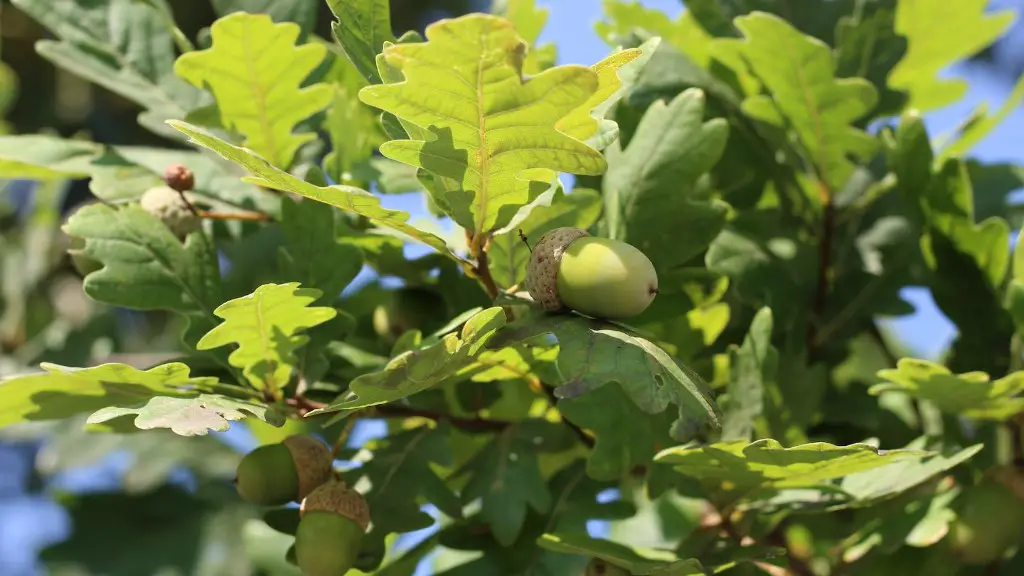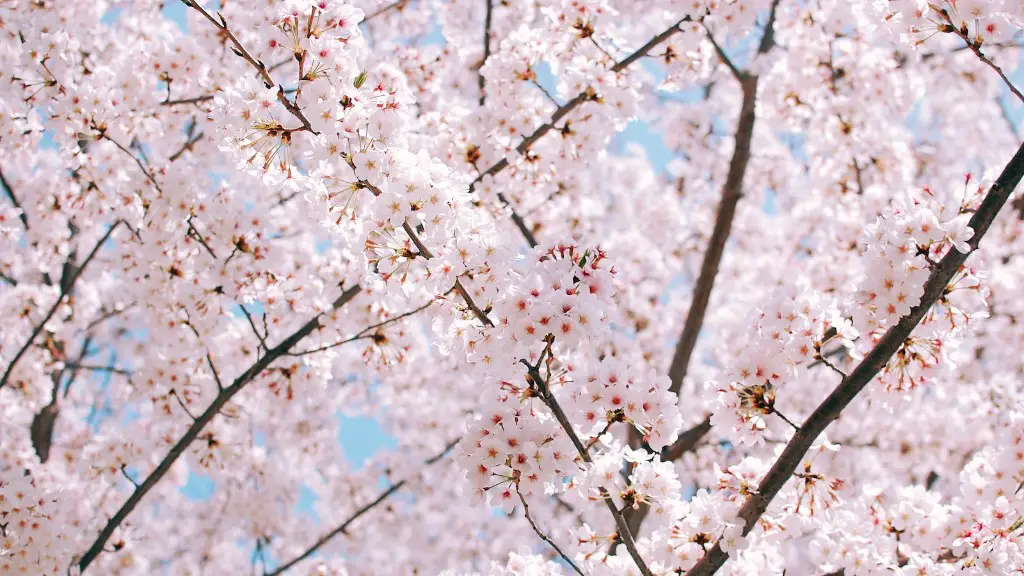Background Information
Avocado trees are an incredibly popular fruit in many parts of the world. They are a source of healthy fats, several vitamins and minerals and are becoming increasingly popular as a garnish for various dishes. But what many people don’t know is that avocado trees require pollinators to produce fruit.
Avocado trees are believed to have first been grown thousands of years ago in what is now southern Mexico. They are believed to have been cultivated by the ancient Maya and Aztecs who likely had a symbiotic relationship with the plant. As avocado tree cultivation grew, people began developing hybrid avocado tree cultivars, some of which require pollination for fruit production.
Types of Pollinators
The most common pollinators for avocado trees are bees, including honey bees (Apis mellifera) and mason bees (Osmia spp.). Both are generalist pollinators and help facilitate the cross-pollination of nearby avocado trees. These bees take advantage of the special structure of the avocado flower which serves as an effective mechanism for pollen transfer. Other pollinators include hummingbirds, butterflies, beetles, moths and other insect species.
Pollination and Fruit Set
For avocado tree cultivation to be successful, pollination is essential. Without pollination, the avocado tree will not set fruit. Even if the avocado tree is self-pollinating, pollination is still essential for optimal fruit size, seed viability and yield. Additionally, cross-pollination of different varieties can lead to superior fruit quality and higher yields.
Pollination plays an important role in avocado production and is largely dependent on the pollinator species present in the local area. A wide diversity of pollinators will lead to better pollination and thus significantly higher yield.
Management Strategies
In order to ensure successful pollination of avocado trees, various management strategies can be employed. These include fertilizer application, pest control, and the establishment of beehives near the avocado groves. Additionally, the layout and design of orchards can be adjusted to increase pollinator abundance and visits.
The use of flowering plants such as native trees, shrubs and wildflowers can also help attract a wide variety of pollinators. This can be especially important in areas with a low diversity of pollinators which can lead to poor pollination. Furthermore, the use of environmentally friendly pest control measures such as natural predators, trap plants and pheromones can help reduce pollinator mortality due to insecticide use.
Agricultural Practices and Pollinator Health
The decline of pollinator populations across the world has been well documented, and many factors have been attributed to this decline. These include the intensive use of agrochemicals, the decline of natural habitats, the spread of invasive species and climate change.
As such, it is important for avocado producers to practice sustainable agricultural practices which will ensure the health of pollinator populations in the area. This can include the use of organic fertilizers and pesticides, the establishment of pollinator friendly habitats and the minimization of agrochemical use.
Avocado Production in a Changing Climate
The effects of climate change are being felt worldwide, and this includes avocado production. Climatic changes can significantly affect the diversity and abundance of pollinator species, as well as their activity. Such changes can lead to lower pollination rates, lower fruit yields and decreased seed viability.
In order to mitigate the effects of climate change on avocado production, producers should adopt management strategies that are designed to help maintain pollinator populations and promote pollinator activity. Examples include the planting of pollinator-friendly plants and the minimization of agrochemical use.
Competition for Pollinators
The increasing popularity of avocado trees has also led to an increase in competition for pollinators. The competition for pollinators is especially pronounced in areas where avocado trees are grown in close proximity to other crops and farms. In such areas, the availability of pollinators can be greatly reduced due to the competition.
In order to mitigate this competition, producers should consider the establishment of pollinator-friendly habitats which will ensure that there are ample pollinators available even in the presence of competition. Additionally, the use of pest control measures which minimize pollinator mortality should also be considered.
Money Versus Quality
Finally, it is important to note that while producers may seek to maximize their profits, quality should not be sacrificed in the process. While the use of agrochemicals and other management strategies may be tempting, it is important to remember that pollinators are essential for quality avocado production and thus should not be neglected. Investing in pollinator-friendly management strategies can lead to higher yields and superior quality fruit in the long run.

